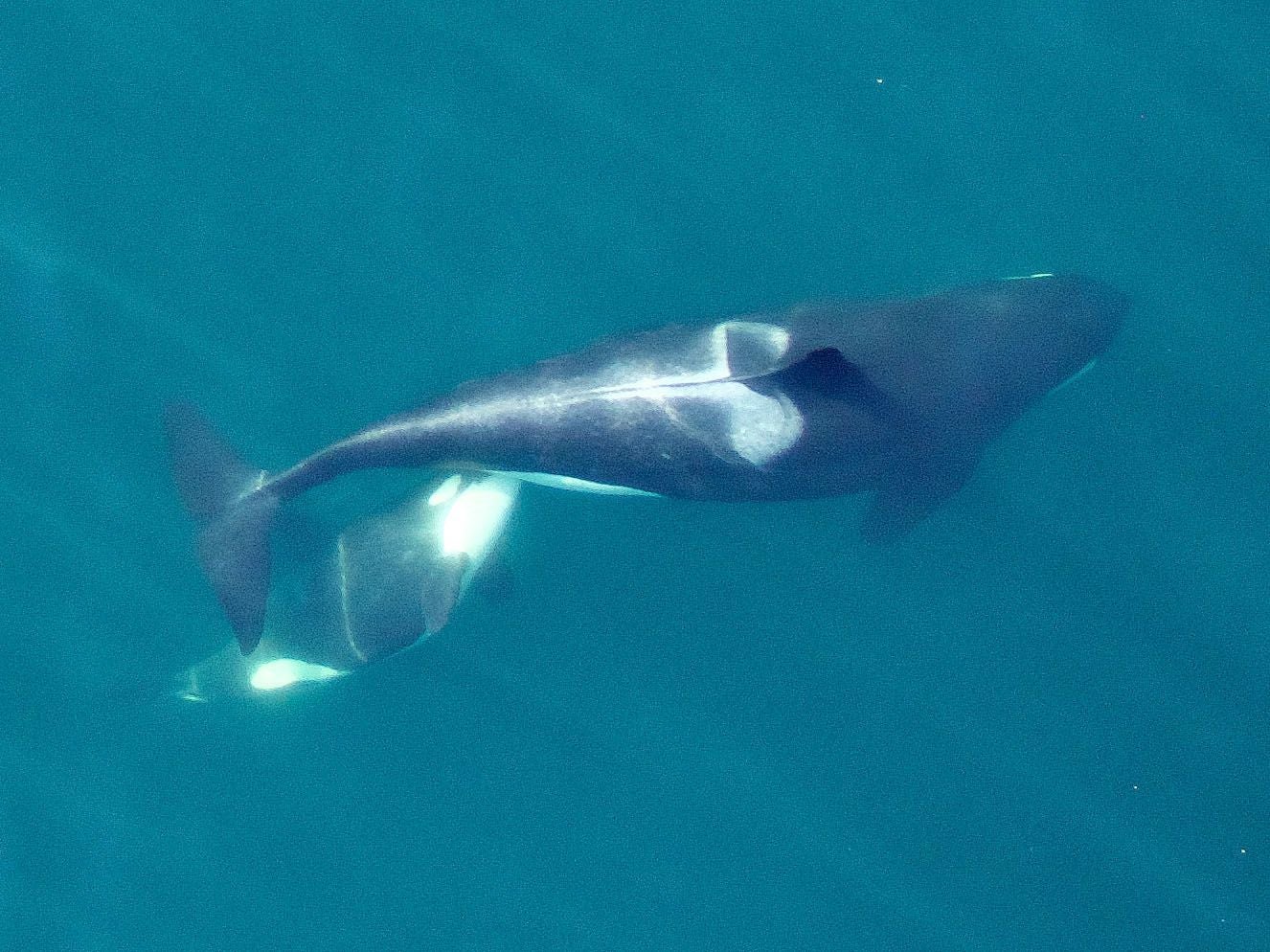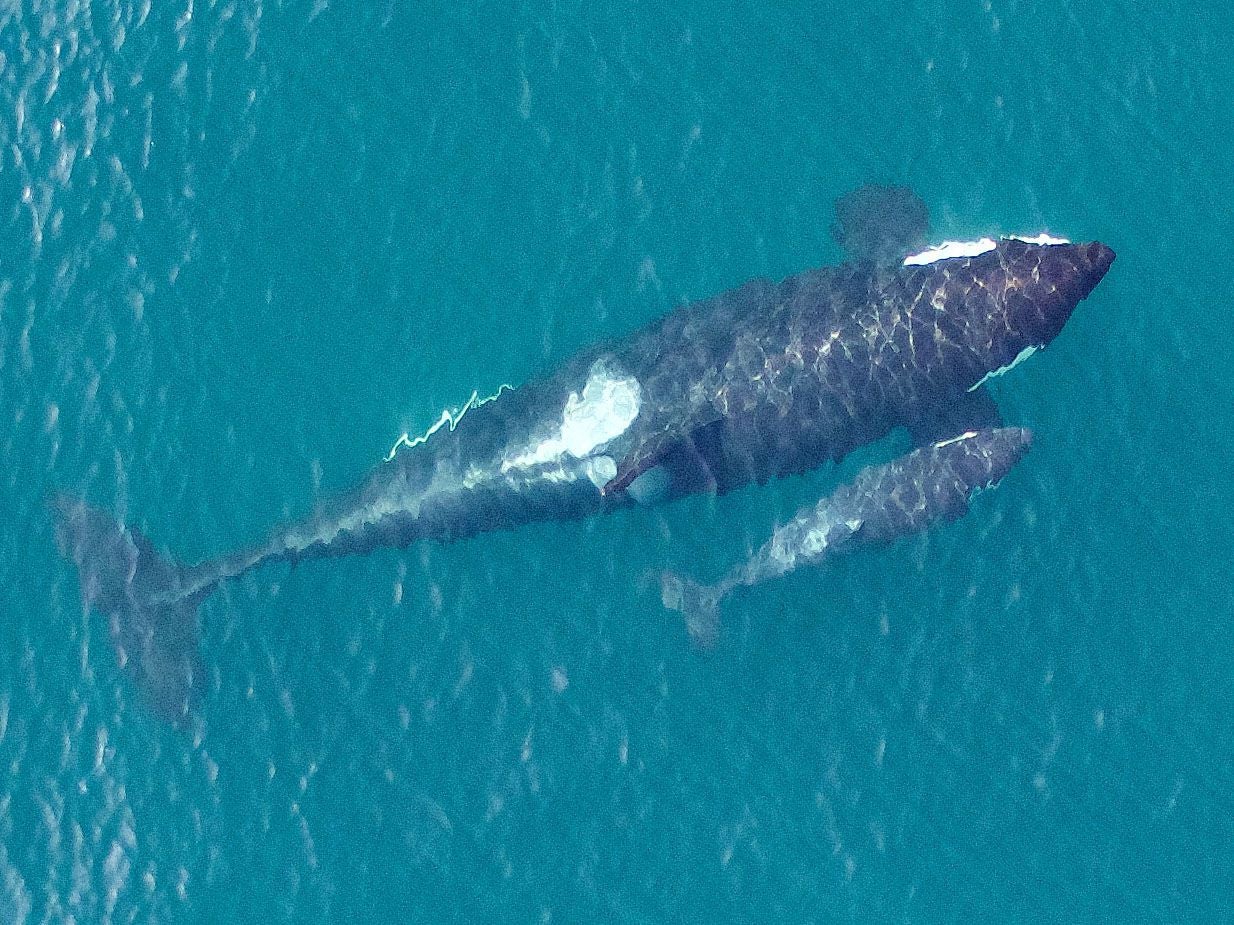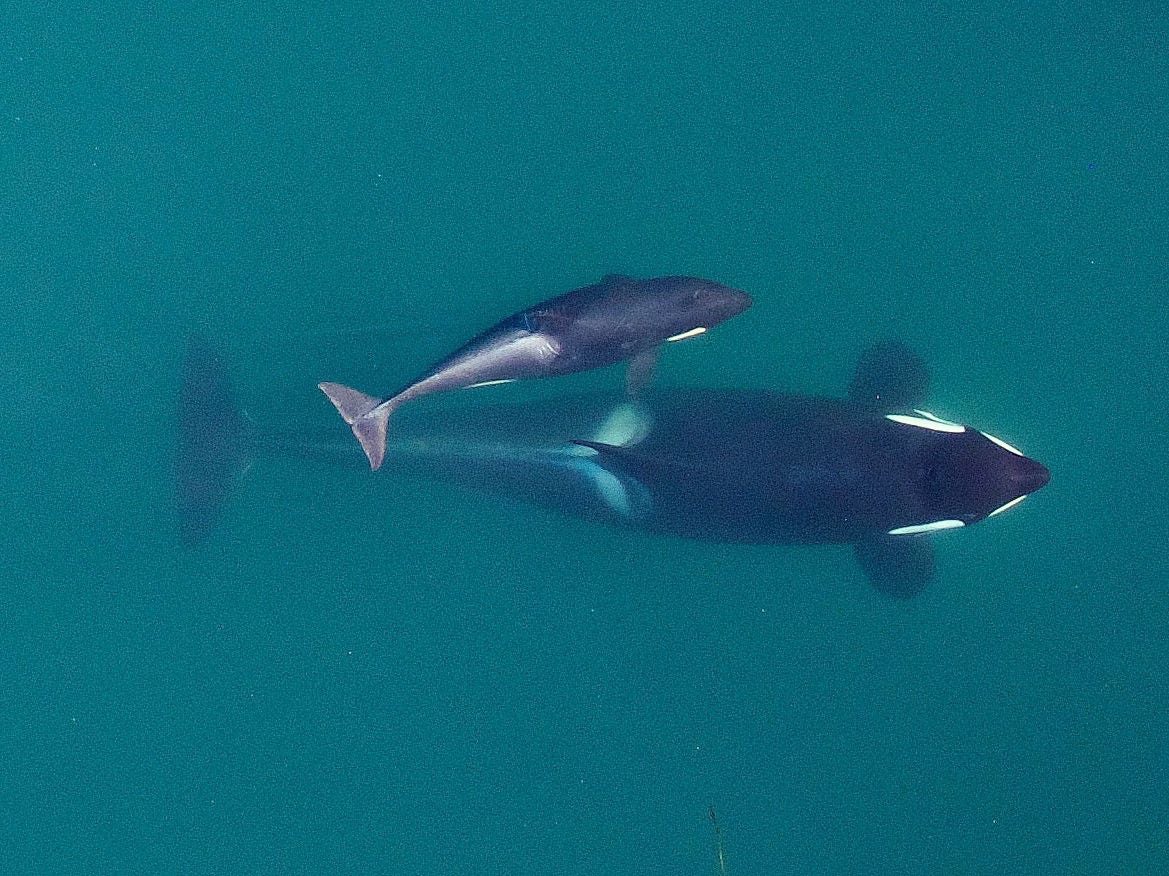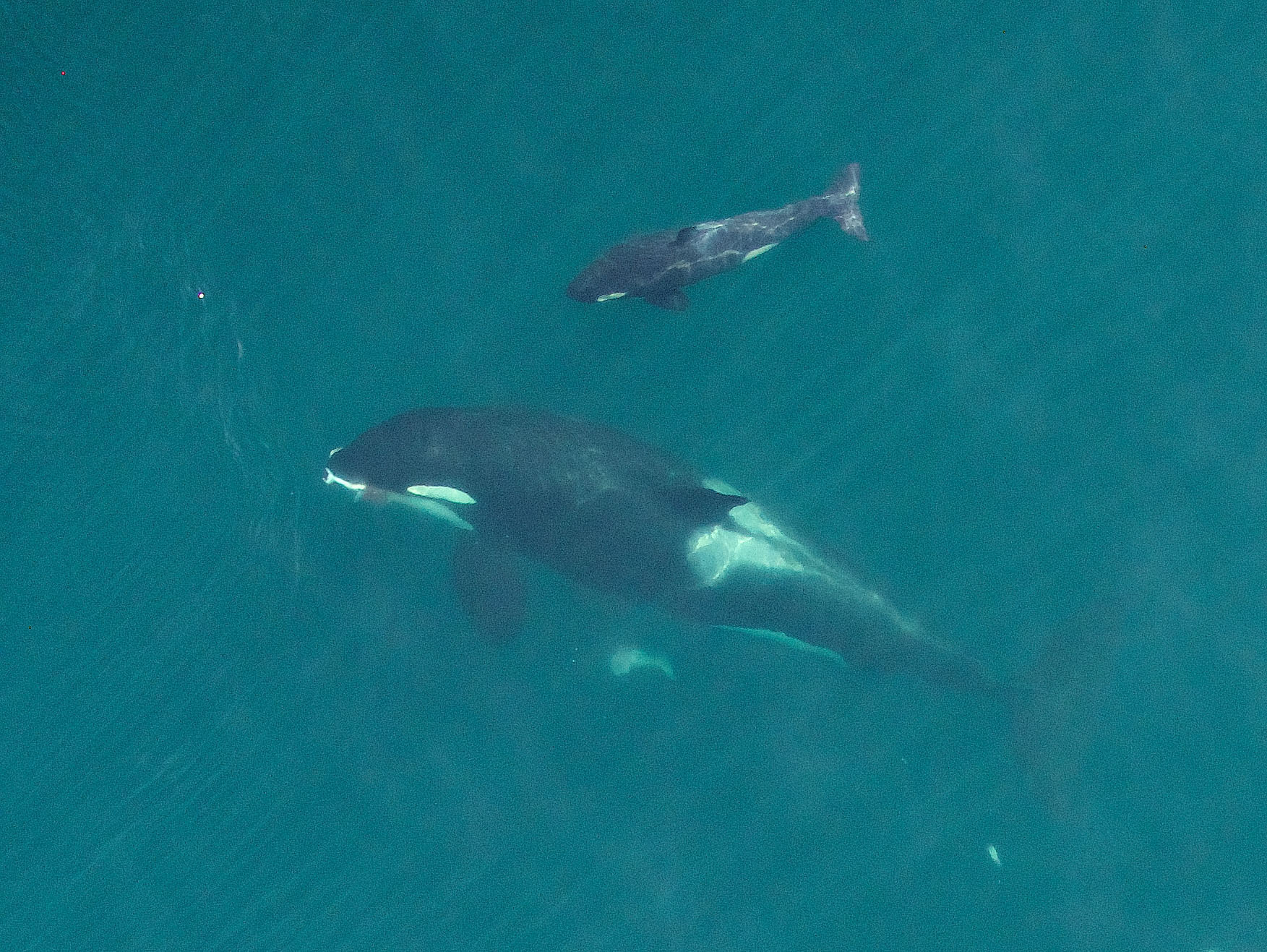Stunning aerial photos of wild newborn killer whales
Marine biologists from the Vancouver Aquarium and the US National Oceanic and Atmospheric Administration (NOAA), used drones to photograph wild killer whales for the first time last year. This year, they’ve done it again, deploying a remote-controlled hexacopter to check on the orca families they saw in 2014, over the waters around the San Juan Islands near Seattle, Washington, and to study a different orca population called the Southern Residents.


Marine biologists from the Vancouver Aquarium and the US National Oceanic and Atmospheric Administration (NOAA), used drones to photograph wild killer whales for the first time last year. This year, they’ve done it again, deploying a remote-controlled hexacopter to check on the orca families they saw in 2014, over the waters around the San Juan Islands near Seattle, Washington, and to study a different orca population called the Southern Residents.
There are only 81 Southern Resident killer whales left in the wild, according to NOAA. That includes five newborn calves, which the scientists photographed this autumn, producing rare images of mother whales with their calves.

For the 40 years that biologists have been tracking this particular population, the highest number of calves born in any one year was 9 in 1977, according to the Center for Whale Research (CWR) in Friday Harbor, Washington.
The Southern Residents are a large extended family, or clan, says CWR, comprised of three matrilineal “pods” that the scientists call J pod, K pod, and L pod. Each pod revolves around a mother or grandmother killer whale.

Biologists took these photos primarily to measure the length and width of each whale, but the peek into these animals’ charismatic family lives is a welcome bonus.
“[The images] make visual the social bonds between these whales; they spend most of their time traveling so close together they can touch,” Lance Barrett-Lennard, of the Vancouver Aquarium, told the Seattle Times.

On a podcast discussing these images, NOAA scientist John Durban describes watching two whales in the L pod drop a salmon for a fellow whale, known as L91, because “L91 is now nursing a calf…she probably doesn’t have much time to dive down and collect fish on her own.”
He continues:
I think it is a great example of how society and group living is really important to these whales. They do family better than we do. They stay in their family their whole lives.”

NOAA has strict rules for operating drones near marine mammals, and the US Federal Aviation Administration has strict rules for operating drones in US waters. The biologists had research permits and flight authorization from NOAA, the FAA, and the equivalent Canadian agencies, and the drones were always at least 90 feet (28 meters) above the whales.
All of the images shown above are jointly credited to NOAA Fisheries and the Vancouver Aquarium.